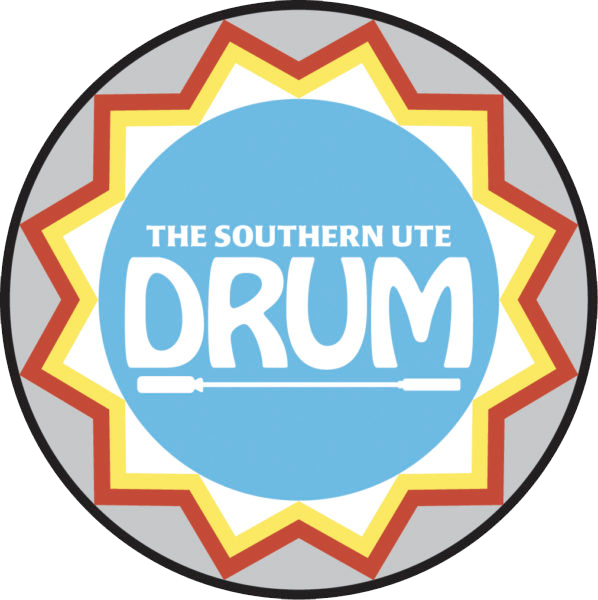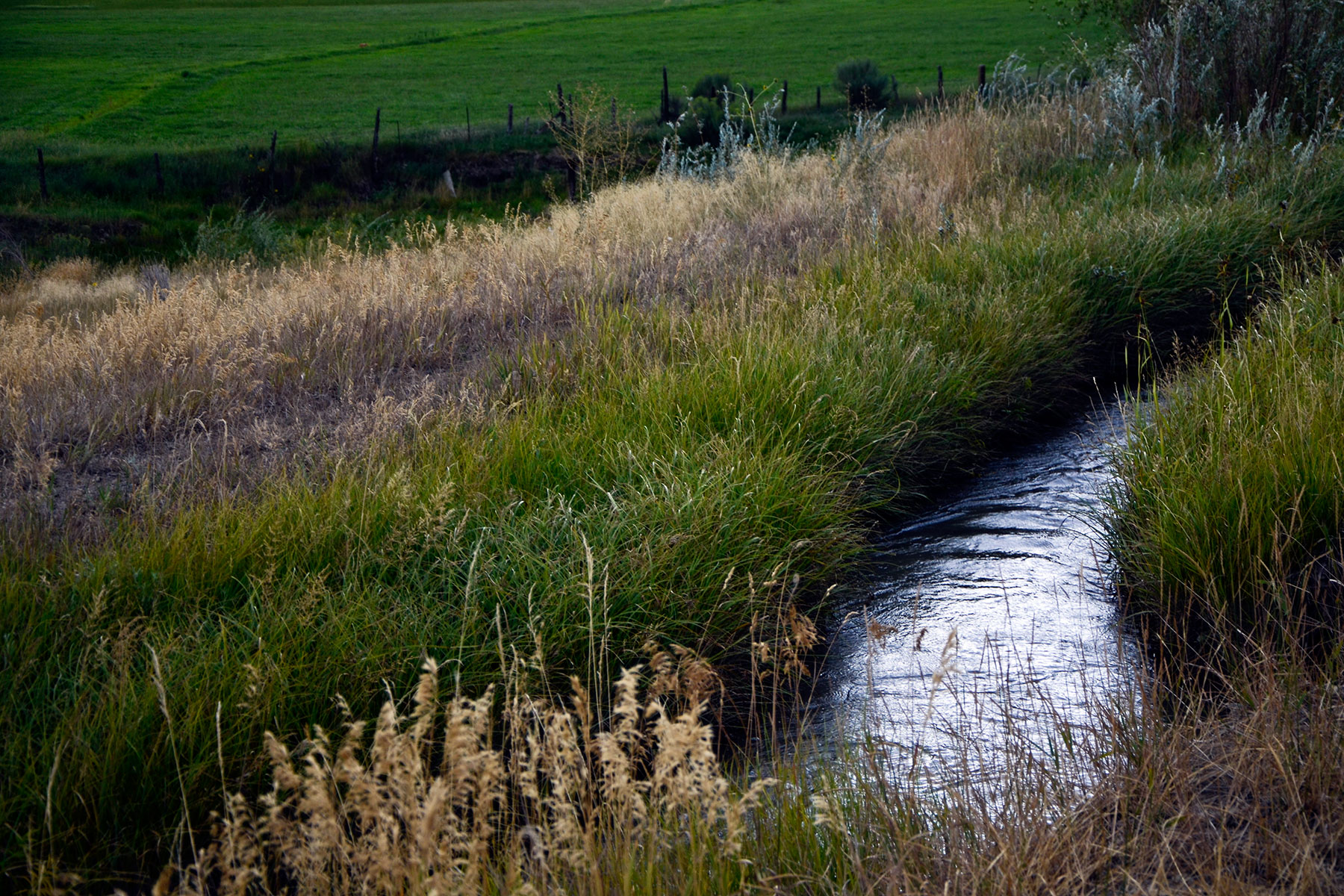Drought is the word of the day. Irrigation season is in full swing, and the crops need water now. Drought conditions for the area are at the D4 category. D4 is the worst drought category, and it means that we are in exceptional drought. This may equate to a shortened irrigation duration this summer.
Tribal member hay producers in the Pine River Valley could still see opportunities even though irrigation water may be at below average levels. The Tribe has irrigation water supplied from storage in Vallecito Reservoir. Even though less water may be available, producers will receive approximately 60% of the irrigation water that they get in a normal season. That is enough water to produce more than half of the crop that would be produced on a normal year. Hay will most likely be selling for a higher price. If you produce 1,000 bales of hay on an average year and the value is $5/bale if you produce 500 bales on a hay short year and the value is $10/bale you get approximately the same value with lower input costs. I am not suggesting that I think hay will be selling for $10/bale this year, but I am suggesting that hay production shortages may not be the end of the world for hay producers.
Unfortunately, higher hay prices usually mean lower cattle prices. Cattle producers are impacted by reduced grazing opportunity and reduced hay production. Hoping for summer rain to boost dryland forage production is not a good management strategy. It will only cause ranchers to keep animals longer and damage already stressed forage resources. Reducing numbers prior to overgrazing rangelands or worse using hay fields to feed cattle longer will only damage forages to a point that recovery of those forages will take much longer. Reducing cattle numbers is a hard and often stressful decision, but over utilizing the forage resource can also have far reaching negative impacts. The damage takes longer to repair and some damage to the forage base is long term. Feeding hay through a drought is rarely profitable and often increases financial loss.
One of the most important management activities during a short water year is to use irrigation water early. This means that irrigators should be prepared to irrigate fields as early as water is available. Every day lost equates to lost production. Most hay forages in this area are cool season grasses that grow well in April and May. Supplying irrigation water early will have a strong positive response in growth and forage health. By attaining all the spring growth that is possible, production increases and if it rains in June and July the grasses will be in good condition and will be able to utilize these rains for growth.
Planning for drought is always part of the planning process for agriculture producers in SW Colorado. A key part of drought planning is being honest with yourself about the conditions and what they mean to your operation. Understand that planning is important every year if you want to succeed in hay and livestock production.
The Southern Ute Agriculture Division is available to provide support to all Southern Ute tribal members with custom farming activities, weed control, rodent management around homes, welding and agricultural production information. Field staff are currently working a full schedule and the office is open for appointments 8a.m. – 12p.m., Monday, Wednesday, and Friday. If you need any of the above services, please contact the Agriculture Division at 970-563-2900.

